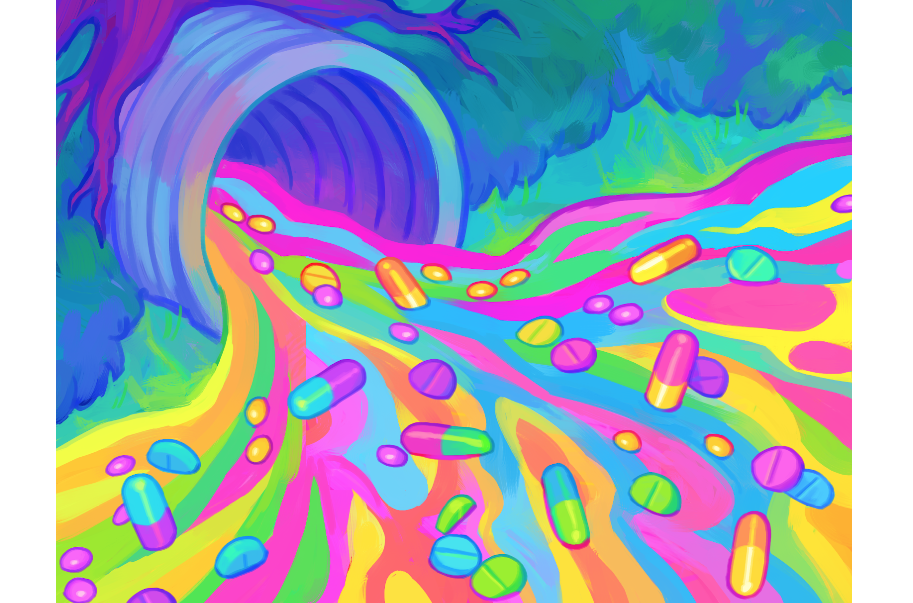Substance use is a global issue, affecting more than 235 million people annually. As public awareness of the opioid epidemic grows, up-to-date information on drug use remains critical in addressing these health concerns. The importance of such data led to a study that was published in the journal Addiction in October, which sought to better understand worldwide drug consumption habits in major urban areas. But instead of making citizens pee in a cup, researchers focussed on the sewage systems of cities.
Before reaching the water treatment plant, effluent samples were collected and analyzed for four drugs: Cocaine, methamphetamine, amphetamine, and ecstasy (MDMA). When excreted in urine, these drugs leave biochemical markers that are easy to identify after purification. Wastewater-based epidemiology (WBE) acts as an intermediate technique to connect raw data to proportions of drug use in urban populations.
The drug-mapping project was initially founded by the Sewage Analysis CORe group Europe (SCORE group), who wished to expand their established datasets to other continents. Collected over seven years, the final results spanned 120 cities from 37 different countries.
Professor Viviane Yargeau, chair of McGill’s Department of Chemical Engineering, led the research team’s Canadian chapter, which focused their analysis on Montreal and Granby in Quebec.
“Samples that we collected were 24-hour composite samples,” Yargeau said in an interview with The McGill Tribune. “Pumping subsamples of water at regular time intervals over 24 hours […] allows a representation of a whole day [of sewage] going into the wastewater treatment plant.”
After recovering the sewage samples, several filtration steps were required to determine the concentration of different drugs in a given system. The scientists used analytical chemistry techniques, like liquid chromatography and mass spectrometry, to separate particles by their size and chemistry. This allowed the narcotics to be filtered out from the wastewater and accumulate on a solid phase.
Subsequent testing revealed distinct patterns of drug usage that varied over time and across international lines. The results were also compared to preexisting drug use surveys from the same urban areas.
“Conventional drug usage surveys can show who is using drugs, but the wastewater-based epidemiology tool allows us to promptly monitor patterns and trends of drug abuse in local communities,” Yargeau said.
Indeed, the research findings presented varying substance preferences. Antwerp, Belgium scored the highest on general drug use of any city involved in the study. Cocaine was the most popular drug in Western and Southern European countries such as the UK, Switzerland, and France. Globally, South American cities showed the highest proportion of cocaine use per capita. Methamphetamines, however, were most prevalent in Australasian, American, and Canadian cities, including Montreal. In Montreal, meth use was three times higher than the international average.
Ecstasy was found in consistently lower quantities than cocaine or methamphetamine, possibly due to its less severe rates of addiction. However, the study clearly shows a steady increase in global consumption since 2012.
The study drew the attention of Statistics Canada, who asked Yargeau’s team to study the consumption of cannabis before and after its national legalization.
“We worked closely with [Statistics Canada] in the design and implementation of the pilot study, as well as with the managers of the wastewater treatment plants for the collection of the samples, which were then sent to my lab every month,” Yargeau said.
Although the work will not lead to a typical scientific publication, it entailed a full year of monthly analysis to capture the effect of this policy on the composition of Canadian wastewater. The results will likely be published next month on Statistics Canada’s website, lending insight to legislation shaping cannabis consumption in Canada.










